Top speed 230 km/h Length 15 m Engine type V12 engine Manufacturer Tupolev | Wingspan 23 m Retired 1941 First flight October 20, 1923 | |
 | ||
The Tupolev ANT-7, known by the VVS as the Tupolev R-6 ( R – razvedchik – reconnaissance), was a reconnaissance aircraft and escort fighter of the Soviet Union. The R-6 traces its roots back to early 1928 when the Soviet Air Force needed a long-range multirole aircraft. The requirements were that it could be used for long-range transport, defensive patrolling, reconnaissance, light bombing and torpedo attack.
Contents
- Design and development
- Operational history
- Variants
- Operators
- Accidents and incidents
- Specifications R 6
- References
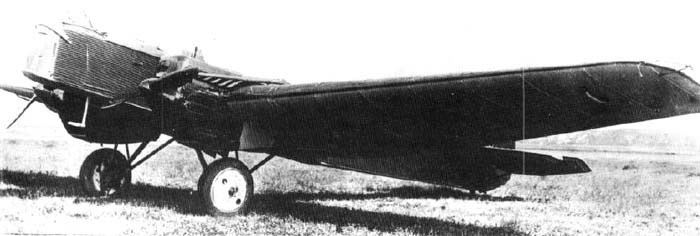
Design and development
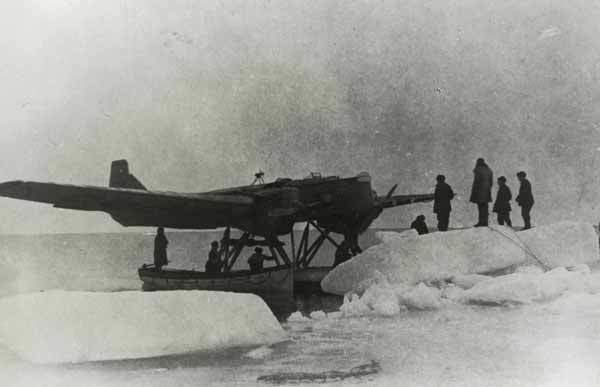
Under Ivan Pogosski and guided by Andrei Tupolev, TsAGI developed the ANT-7 from the Tupolev TB-1 by scaling it down by about one third. Power for the ANT-7 was intended to be provided by two 388 kW (520 hp) – 455 kW (610 hp) Hispano Suiza engines or 313 kW (420 hp) Bristol Jupiter engines, but the prototype was powered by two 373 kW (500 hp) – 529 kW (709 hp) BMW VI engines.
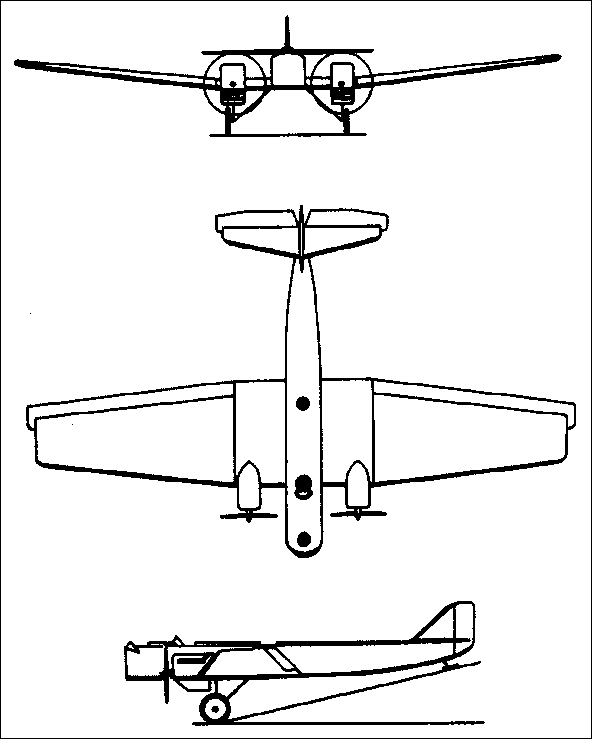
The first flight of the ANT-7 took place on 11 September 1929, piloted by Mikhail Gromov. Flight tests started in March 1930 after TsAGi decided to postpone them until after the winter. That summer, the NII-VVS (Nauchno-Issledovatel'skiy Institut Voyenno-Vozdooshnykh Seel – air force scientific test institute) conducted state tests which revealed tailplane buffeting, which was alleviated by fitting enlarged elevators. The next flight encountered radiator damage and an engine failure, but in spite of this, the ANT-7 passed the state acceptance tests.
Operational history
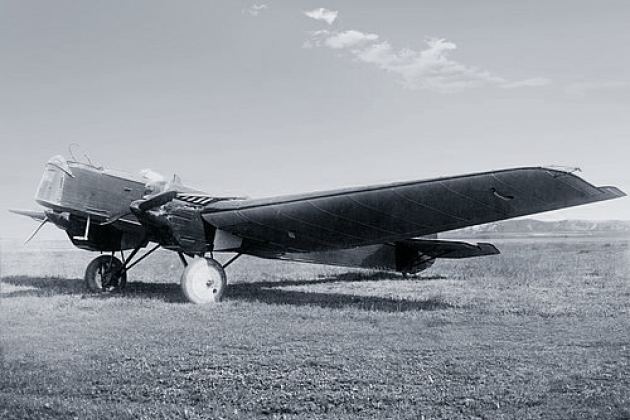
Production aircraft were designated R-6 by the Soviet Air Force. The first production aircraft was rolled off the GAZ-22, (GAZ – Gosudarstvenny Aviatsionnyy Zavod – state aviation plant/factory), assembly line in November 1931, a year after production started. Another 410 aircraft were made during the following three years: 385 at GAZ-22 in Moscow (one of these was the R-6 Limuzin), five at GAZ-31 in Taganrog (floatplanes designated KR-6P), and 20 more at GAZ-12 in Komsomolsk-on-Amur.

The standard aircraft crew consisted of the pilot, gunner and observer and the aircraft was able to carry 113.4 kg (250 lb) of bombs for up to 965.6 km (600 mi). Some were built with floats as the MP-6, (also known as KR-6P), for maritime patrol duties. Another variant was the KR-6 (KR – Kreiser Razveyedchik – cruiser reconnaissance), which had two PV-2 machine guns and a second gunner, later relegated to training duties.
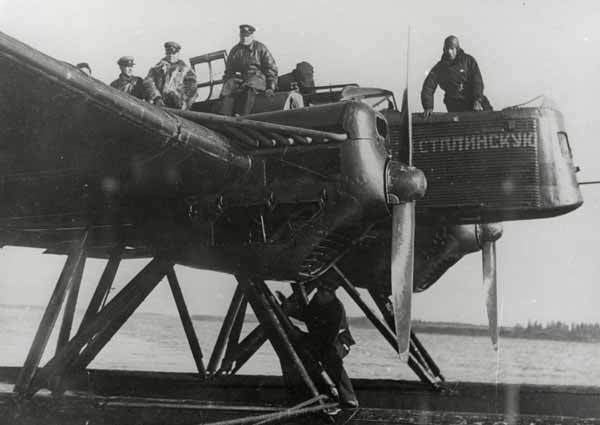
By 1935, the R-6 was becoming obsolete, and several were transferred to Aeroflot and Avia Arktika, which used them to carry passengers and cargo in Siberia before the Great Patriotic War, designated PS-7-2M17 (the "2M17" showed that the aircraft were powered by two Mikulin M-17s), or as MP-6-2M17 if floats were attached.
Variants
Data from: The Osprey Encyclopedia of Russian Aircraft 1875–1995
Operators
Accidents and incidents
Specifications (R-6)
Data from The Osprey Encyclopedia of Russian Aircraft 1875 – 1995
General characteristics
Performance
Armament
